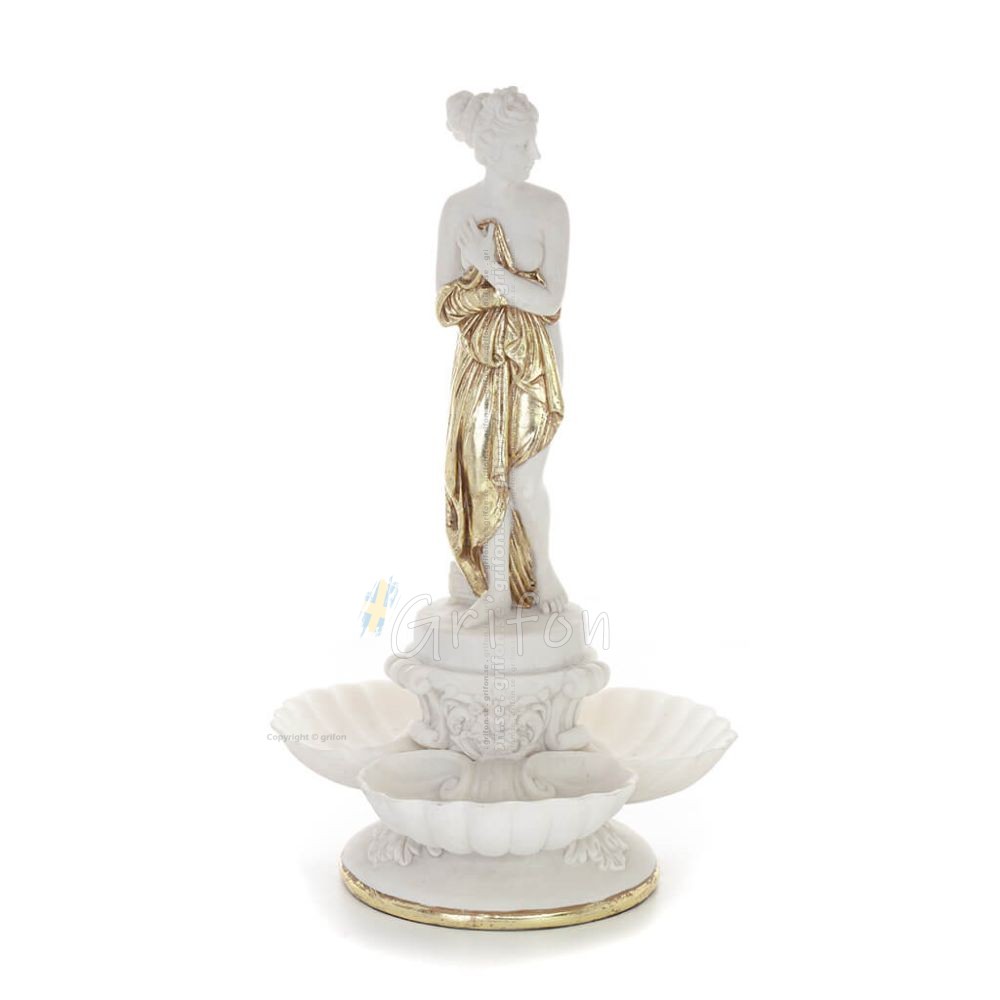


Phryne (c.371 - after 316 BC) was an ancient Greek hetaira (courtesan).
Our Privacy Policy explains our principles when it comes to the collection, processing, and storage of your information. This policy specifically explains how we employ cookies, as well as the options you have to control them.
Cookies are small pieces of data, stored in text files that are stored on your computer or other device when websites are loaded in a browser. They are widely used to "remember" you and your preferences, either for a single visit or for multiple repeat visits
We use cookies for a number of different purposes. Some cookies are necessary for technical reasons; some enable a personalized experience for both visitors and registered users; and some allow the display of advertising from selected third party networks.
Visitors may wish to restrict the use of cookies or completely prevent them from being set. If you disable cookies, please be aware that some of the features of our service may not function correctly
We only collect information about you if we have a reason to do so-for example, to provide our services, to communicate with you, or to make our services better.
We are committed to maintaining the trust and confidence of our website visitors. We do not collect, sell, rent or trade email lists or any data with other companies and businesses. Have a look at our Privacy Policy page to read detail information on when and why we collect your personal information, how we use it, the limited conditions under which we may disclose it to others and how we keep it secure.
We may change Cookies and Privacy policy from time to time. This policy is effective from 24th May 2018.
Phryne (c. 371 - after 316 BC) was
An ancient Greek hetaira (courtesan). From Thespiae in Boeotia, she was active in Athens, where she became one of the wealthiest women in Greece. She is best known for her trial for impiety, where she was defended by the orator Hypereides. According to legend, she was acquitted after baring her breasts to the jury, though the historical accuracy of this episode is doubtful. She also modeled for the artists Apelles and Praxiteles, and the Aphrodite of Knidos was based on her. According to Plutarch she was called Phryne because she had a yellow complexion like a toad (in Greek: φρύνος), she also used the name Saperdion. Phryne apparently grew up poor – comic playwrights portray her picking capers – and became one of the wealthiest women in the Greek world. According to Callistratus, after Alexander razed Thebes in 335, Phryne offered to pay to rebuild the walls. She probably lived beyond 316 BC, when Thebes was rebuilt. She was also said to have dedicated a statue of herself at Delphi, and a statue of Eros to Thespiae. Very little is known about Phrynes life for certain, and much of her biography transmitted in ancient sources may be invented.
Data sheet
No customer reviews for the moment.